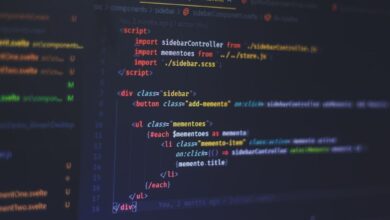Best Linux distro for developers of 2024

The best Linux distros for developers make it simple and easy to ensure you have a simple, stable, and secure environment for coding and programming.
Best Linux distro for developers of 2024: Quick menu
While Linux has a reputation for being primarily for coders and programmers, over the past couple of decades there have been moves to provide versions of Linux that are more friendly to ordinary users, such as by providing more of a graphic user interface (GUI) and be less reliant on command line use.
However, at its core, Linux still offers a thriving environment for coders and developers. This is increasingly important, because Linux powers the backbone of the internet, mobile devices, and now cloud computing systems. Therefore it’s often essential for techies to be able to work directly in a Linux environment, especially for operating servers and for developing software that runs on them.
We have reviewed some of the most popular Linux distros for developers, looking at their core structure, the tools and apps they ship with, overall stability, and lots more.
Here then, are the best Linux operating systems that will help you create your custom programming and development workstation.
We’ve also featured the best Linux training providers and online courses, and the best Linux distros for power users.
The best Linux distros for developers of 2024 in full:
Why you can trust TechRadar
We spend hours testing every product or service we review, so you can be sure you’re buying the best. Find out more about how we test.
Best Arch-based
Arch is a powerful distro that can be used to create a customized environment. However, installing the distro is notoriously laborious. You can escape the installation and still experience the best that Arch has to offer using Manjaro Linux. With the help of a whole set of custom tools and utilities, Manjaro takes the pain out of installing and administering an Arch-based system.
Manjaro is available in multiple editions with different desktop environments. If you are a Qt developer, you can use the KDE edition of the distro, which ships with tools such as the Qt Designer and Qt Assistant to help you with your development.
Manjaro claims the distro ships with tools required to compile and develop software for other developers as well. According to the project’s website you can use Manjaro’s intuitive package manager to easily install IDEs like Qt Creator, KDevelop or Netbeans and libraries like libnoise, boost, or matplotlib. Of course, in addition to its own repositories, you can also access the comprehensive Arch User Repository (AUR) which houses all sorts of tools and libraries.
Read our full Manjaro review.
Best all-rounder
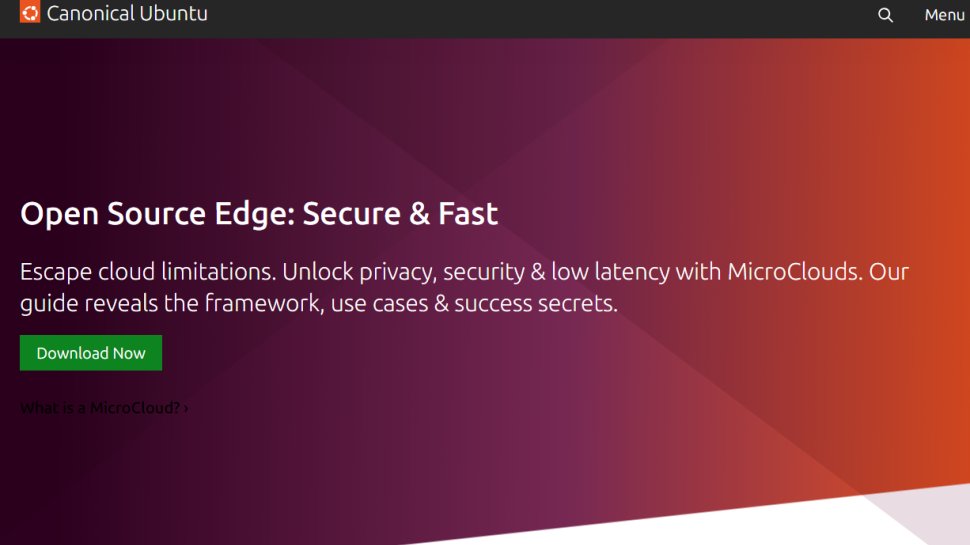
Ubuntu is one of the most popular Linux distros for all kinds of users, from Linux newbies to seasoned campaigners. For programmers, the Ubuntu Long Term Support (LTS) release provides a stable development environment that they don’t need to upgrade every six months.
In fact, Ubuntu is the chosen distro of the Android Open Source Project for building source files. The Android build is regularly tested using the most recent versions of Ubuntu. The distro’s official website hosts several tutorials, guides, and other resources aimed to impress the development and programming prowess of the distro.
Owing to its popularity, you can find virtually all the development and programming tools and libraries in official Ubuntu repositories or in a Personal Package Archive (PPA). With the introduction of the snap packaging format, installing new software is a straightforward process.
Furthermore, Ubuntu has a developer friendly command-line tool called Ubuntu Make that you can use to download several developer friendly tools.
Read our full Ubuntu review.
Best for older PCs
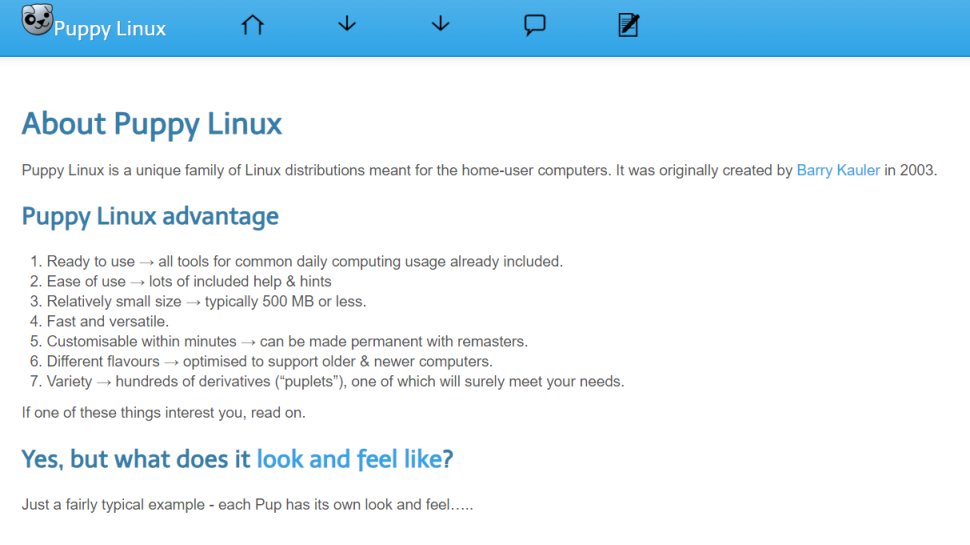
Puppy Linux is an extremely lightweight distro that has separate editions based on Ubuntu and Slackware. The entire OS is small enough to be run entirely in RAM, which makes it extremely fast and responsive. You can also anchor the distro to your hard disk as well.
Despite its small size, there’s no beating Puppy for out of the box functionality. The distro ships with apps and utilities for virtually all the functions you can perform on a desktop.
There are multiple mechanisms for installing apps in Puppy. One of the most convenient ones involves SFS (SquashFS) files, which are compressed environments that package one or more apps and all their required dependencies. If you want to develop on Puppy you can use the devx SFS file that contains various development and build tools.
Furthermore, the Puppy Linux wiki has a nice introduction to programming, which is a good starting point for new developers. The page also shows you how to install support for over a dozen programming languages in your Puppy installation.
Best for stability
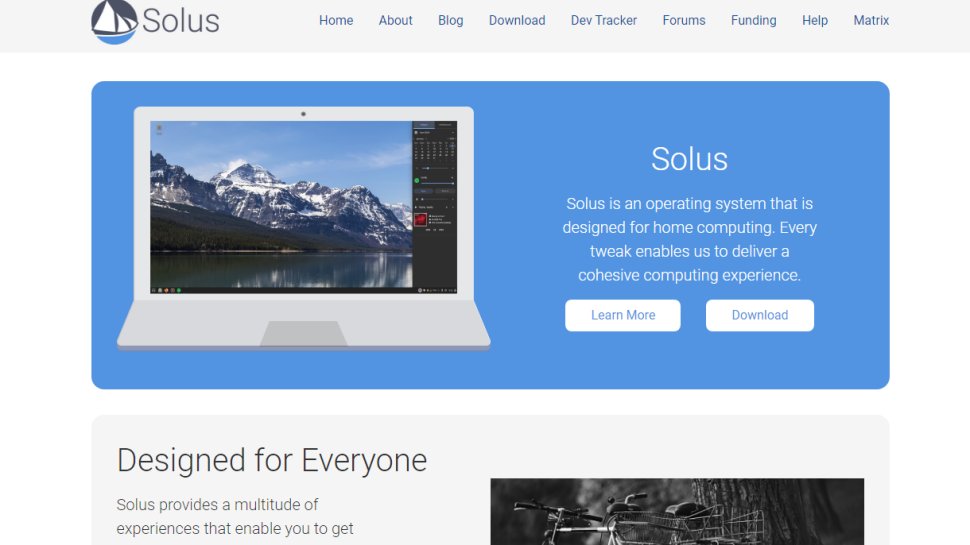
Solus is special in that it’s one of the few Irish Linux distros, and also because it follows a curated rolling release model. The advantage of this is that once you’ve installed the OS, you can keep running updates rather than a major upgrade. Solus, however, tries to avoid installing extremely recent packages and beta software to maintain system stability.
The distro advertises its use as an ideal environment for developers. Solus supports several editors and IDEs such as Atom, Idea and Gnome Builder, as well as multiple version control systems including Git, Bazaar, and others through graphical tools like GitKraken and git-cola. The Solus project website also claims that the OS supports a number of programming languages such as Go, Rust, PHP, Node.js and Ruby.
So while the distro might not ship with very many tools out of the book, you can easily flesh it out with your development toolchain to create a custom Linux distro for your programming needs.
Best for Gentoo users

In simple terms, Mocaccino is to Gentoo, what Manjaro is to Arch Linux. Gentoo is a source-based meta distro that can help you create lightning quick bloat-free installation. The catch however is that just like Arch, installing Gentoo isn’t for the faint of heart. The Sabayon Linux takes the best of Gentoo and wraps it in an easy to consume distro that caters to all kinds of users.
Mocaccino Linux is available in multiple editions, based on different desktop environments. The project aims to deliver a fuller out of the box experience and despite being a bleeding edge rolling release, is pretty stable thanks to its Gentoo underpinnings. The project is about to merge with Funtoo, which is led by the original creator of Gentoo Linux.
Mocaccino Linux ships with a few development tools, particularly for Python developers, but you can install more using Gentoo’s famed portage package management system.
Best evergreen
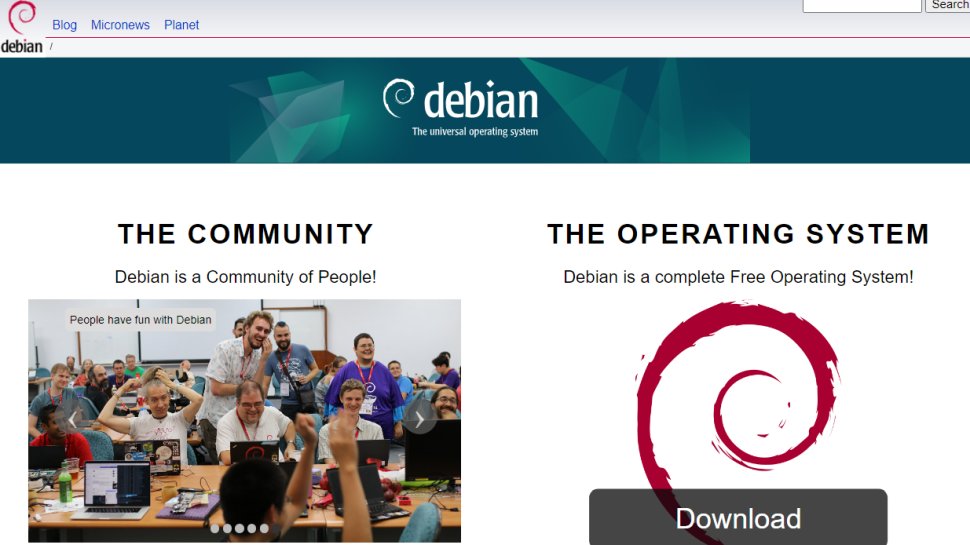
Debian is one of the oldest Linux distros and is built with stability in mind. All programs included with Debian have to meet the Debian Free Software Guidelines. Packages are carefully selected and tested for inclusion in the ‘Stable’ branch of Debian meaning that while some may be dated, there’s very little chance of system instability, making this OS ideal for programmers.
The Debian website has extensive manuals, including a chapter on programming talking you through the basics of creating a script, compiling it, and using Autoconf to allow your scripts to be compiled on other Linux distros.
Furthermore, Debian boasts one of the largest repositories of open source software, so you won’t have much trouble finding and installing your favorite programming tools and libraries.
If you need a rock-solid production system, or even a desktop you’re happy to tinker with, there’s no better base than Debian. These solid credentials earn it a place on our list of best Linux distros for developers.
Read our full Debian review.
Best for enterprise
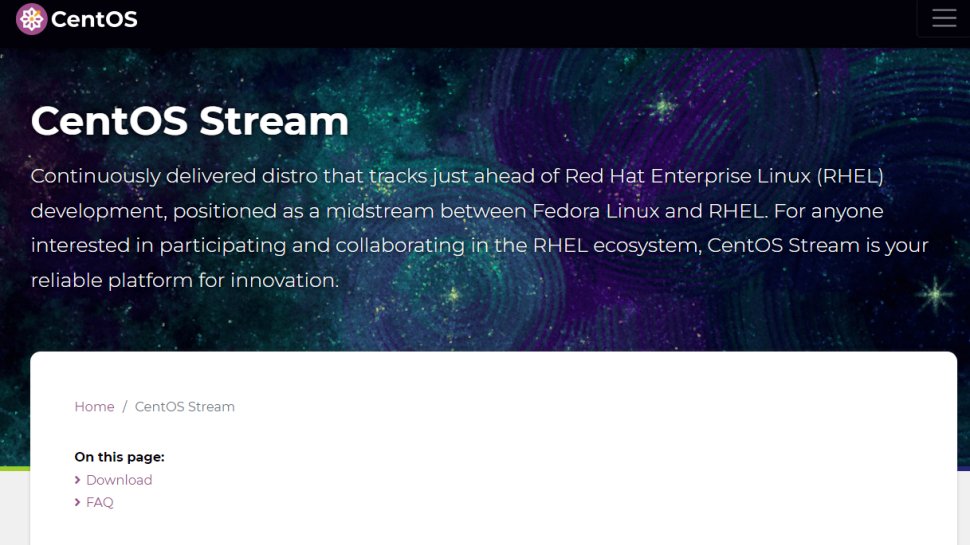
CentOS Stream is a free, community-based variant of Red Hat Enterprise Linux (RHEL). It’s a rolling release distro that’s built using the same packages as RHEL. As a testbed for the commercial RHEL, CentOS Stream gets packages and fixes before they end up in RHEL, which means users can get enterprise-class software at no-cost.
CentOS Stream thinks of itself as a “developer-forward” distro that’ll help users keep pace with the latest technologies in the open source ecosystem, while ensuring the stability of a well-tested distro.
The CentOS Stream distro was visualized as an upstream development platform for distro developers, which means its repositories are flush with apps and tools that will help you set up your ideal development platform, especially once you enable the new PowerTools repository.
We’ve featured the best Linux distros for small business.
Best for programming
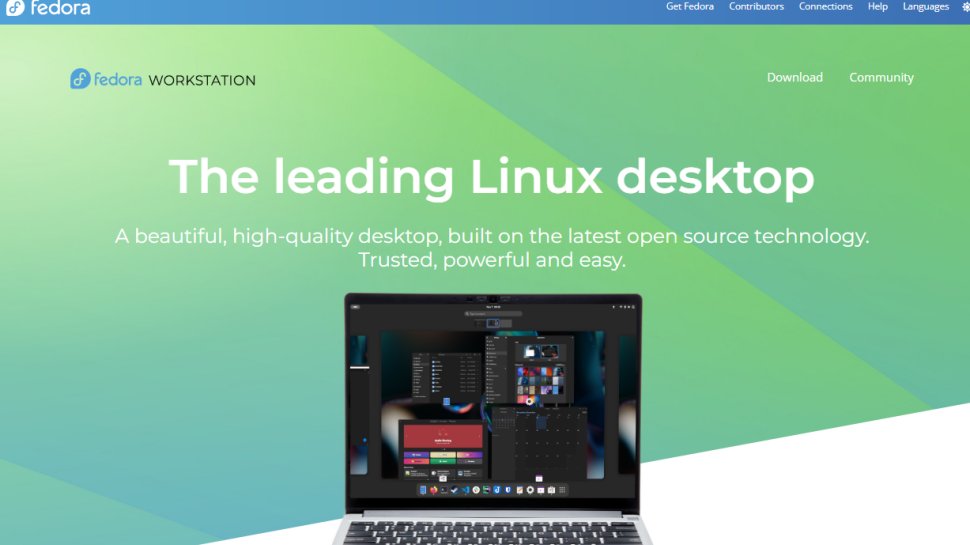
Fedora Workstation boldly claims it is “created for developers”. The distro is another community supported derivative of the commercial RHEL, that’s more bleeding edge than CentOS Stream. It also enjoys the distinction of being the distro of choice of Linux kernel creator Linus Torvalds.
Aside from being very easy to set up and install, Fedora has a dedicated Developer Portal. Simply click ‘Start a Project’ to see dedicated guides on developing web, command line, desktop and mobile apps. There’s also an excellent section on working with hardware devices such as Arduino.
If this wasn’t enough, the Fedora repositories also include Eclipse, a fully featured and multi-language IDE. Eclipse is probably best known for Java, but also has a C/C++ and PHP IDE. You can expand its functionality even further with plugins.
Read our full Fedora review.
Best for choice
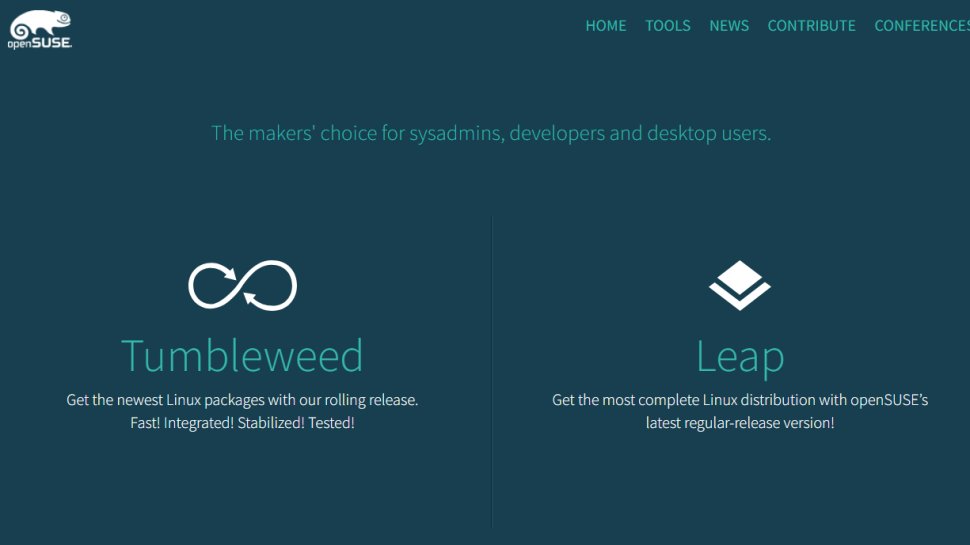
openSUSE doesn’t receive the same amount of attention as Ubuntu and Fedora, but the project produces a fantastic Linux distro for developers. The openSUSE project produces two distros; openSUSE Leap is the fixed release cycle regular distro, while openSUSE Tumbleweed is the rolling release variant.
You can use either of the two distros depending on the kind of development you’re involved in. Both distros use openSUSE’s excellent YaST configuration and installation tool, which helps you tailor the installation as per your requirements.
It’s aimed primarily at developers and system admins, with a focus on providing a stable platform; a goal the developers have approached by using source code from SUSE Linux enterprise.
The latest versions of openSUSE can be run within the Windows 11 environment, although this isn’t something we’d recommend for beginners.
We’ve featured the best Linux distros for Windows users.
Best for Raspberry Pi
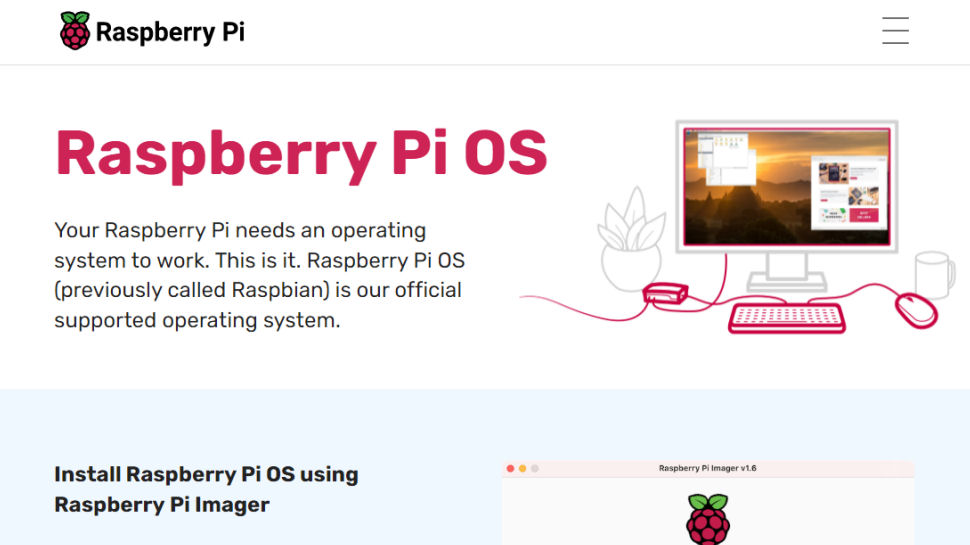
Raspberry Pi was conceptualized as a cheap computer to help make learning programming accessible to everyone. The Raspberry Pi OS (formerly known as Raspbian) puts that objective into action by bundling a desktop that’s tailored for coding.
The distro is complimented by the Raspberry Pi website that hosts some impressive guides on using the credit-card sized computer to learn to program, particularly with Python. The Raspberry Pi OS includes the visual programming tool Scratch, which is a wonderful source for taking first steps into programming.
Younger coders might prefer to learn to use the programming language for Minecraft Pi, a mini-version of the highly popular sandbox game.
It’s not all education and programming with the Pi; the latest iteration of the Raspberry Pi can now be used as a very capable computer and the distro developers have ensured that it performs flawlessly with popular video conferencing software such as Google Meet, Microsoft Teams, and Zoom.
We’ve also featured the best Linux laptops.
FAQs
How to choose the best Linux distro for developers for you
Many of the best Linux distros for developers are built on the framework of more established, general-purpose distros. For example, if you already have experience using RHEL, CentOS or Fedora could be a natural next step for your programming needs.
If you have a specific use case in mind, you’ll find a selection of distros that cater to that need specifically. Lightweight distros are great for older computers while the Raspberry Pi OS would be a natural choice for Raspberry Pi development.
How we test
Where possible, we install each Linux distro to give you an accurate review based on first-hand experience. We look at the installation process, assess ease of use, and explore the main components that have been used to compile the distro.
We check which programs, tools, and apps are included as standard and consider how well each distro serves a developer’s needs.
From there, we look at ongoing support and the frequency/type of updates. We also delve into each developer’s site to assess the distro’s documentation and seek out any official online communities.
Read how we test, rate, and review products on TechRadar.
Get in touch
- You’ve reached the end of the page. Jump back up to the top ^


